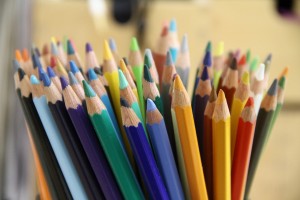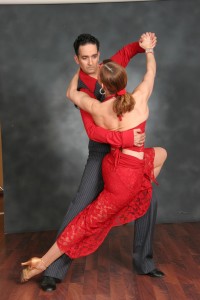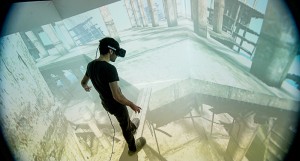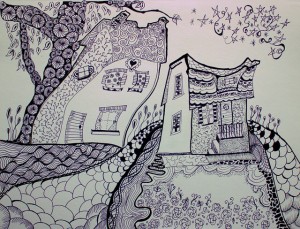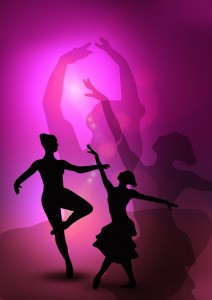Spring has many significance in a person life-regrowth, rejuvenating and spring cleaning.
In my personal endeavour to clean up our living space with my children, we came across toys that we could dispose of at a garage sale. They were very much attached to their Lego blocks which have been there since their birth and they refuse to part with it.
I have often used it in my work with children to teach the many skills that can be taught with Lego.
In trying to clean my paperwork, I came across an article on Lego therapy. It has been particular useful as technique to work with children with Autism.
I decided to take this a step further and sue it as a conflict resolution technique to navigate sibling rivalry.
I found that it can be used as a concept than juts building, rebuilding or even problem solving in its simplest form.
Whenever there was a conflict which needed adult intervention, I would give them a Lego box and tell them to build a complex pattern and see how they could work as a complimentary duo to solve it and off course, the prize would be a spring flavoured freezie…..
I did observe their play to give each of the girl’s feedback about what they did to solve the conflict and ultimately come to a mutual resolutions. They negotiated, bargained, analysed win-win, win-lose, collaborating and other techniques. I gave them feedback about their communication, any empathy that I saw and thinking about the big picture.
Since then I have been reading about Lego therapy and find that these pieces which can create havoc in the middle of the night on the way to the washroom has immense potential and I have learned that it is not just a child play to play with Lego.
So next time if you find yourself losing it over a piece of Lego, think about the piece differently and see how you can sue it as a creative teachable moment.
More information on Lego and its use:
https://themighty.com/2017/01/lego-sets-therapy-counseling-sessions/
http://www.livingwellcounselling.ca/building-blocks-family-therapy/Building Blocks & Family Therapy
http://familykinnections.ca/services/group-programs/
Priya Senroy , MA CCC
*The views expressed by our authors are personal opinions and do not necessarily reflect the views of the CCPA
